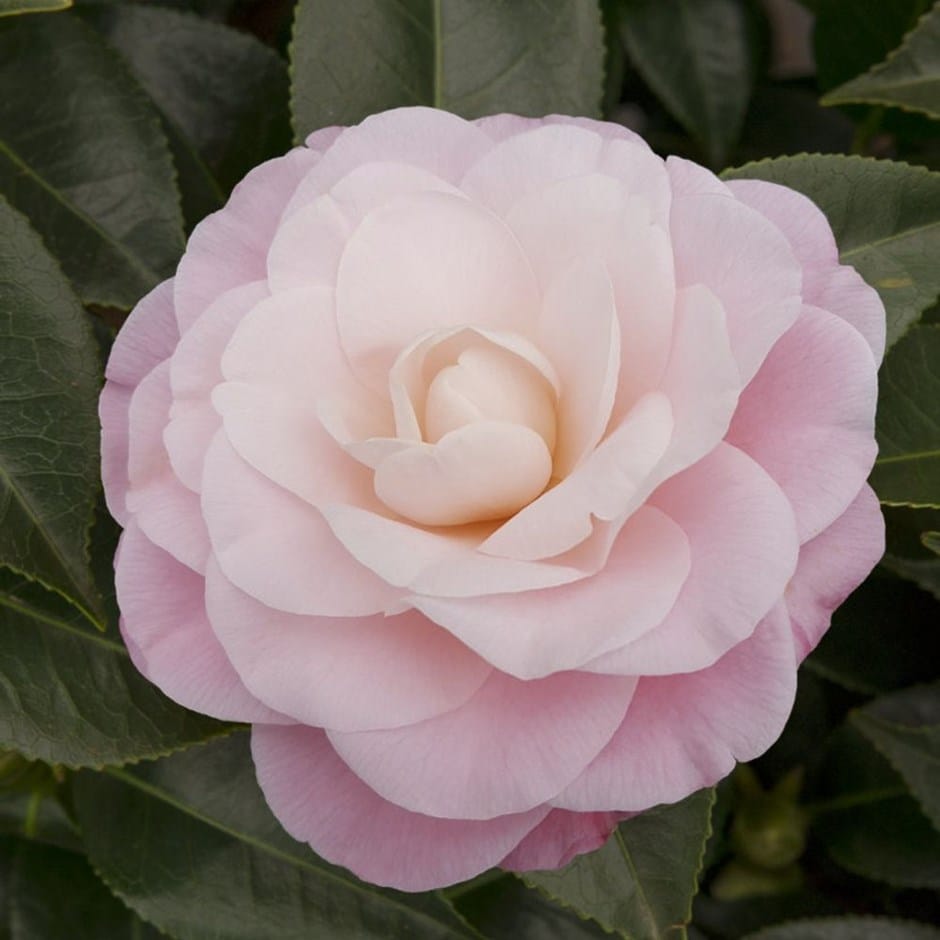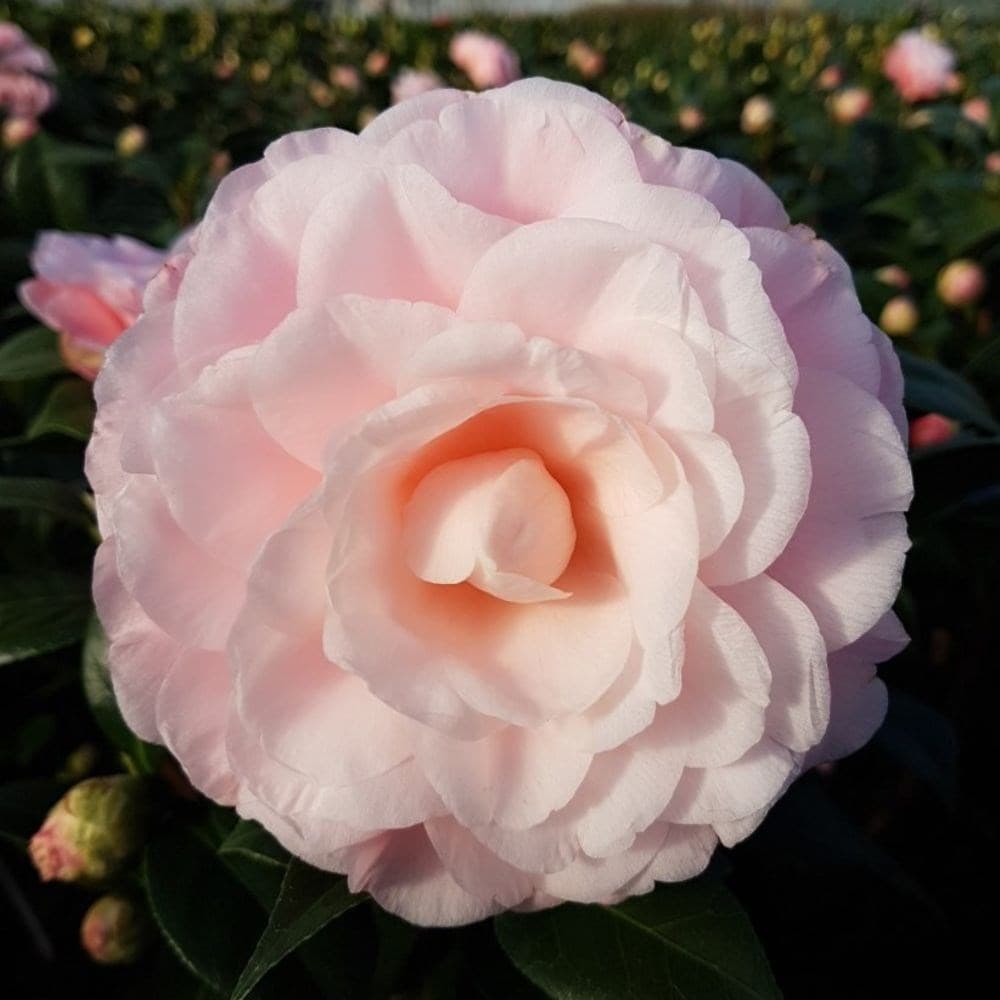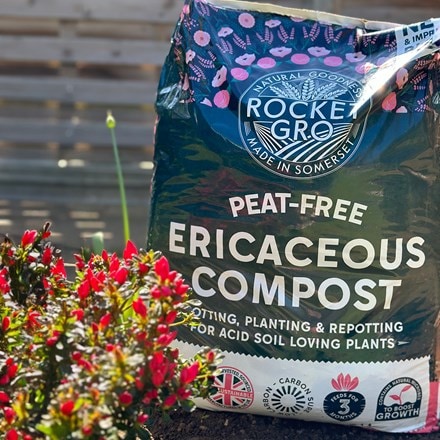Camellia japonica 'Nuccio's Cameo'
camellia
- 2 litre pot
- £24.99
- available to order from autumn
Delivery options
- Standard £5.99
- Position: partial shade (but not east-facing)
- Soil: moist but well-drained, humus-rich, acid soil (or ericaceous compost for container-grown specimens)
- Rate of growth: average
- Flowering period: February to April
- Hardiness: fully hardy
The flowers of this relatively compact camellia vary in colour from near-blush to coral pink - but each one is large and exquisitely formed! They appear in generous numbers over several months from late winter, so they are ideal for adding some seasonal interest, when little else is in bloom.
Camellia japonica 'Nuccio's Cameo' makes a handsome stand-alone specimen, or could be used to create an informal, evergreen screen in a partially shaded garden.
Camellia japonica 'Nuccio's Cameo' makes a handsome stand-alone specimen, or could be used to create an informal, evergreen screen in a partially shaded garden.
Plant spring-flowering camellias in acidic, humus-rich, moisture-retentive soil with good drainage. Choose a sheltered spot in partial shade, ideally out of cold, drying winds and away from early morning sun, which can scorch flower buds.
Container-grown plants should be potted into ericaceous compost and kept well-watered, especially in dry spells, to prevent bud drop. Ensure good drainage in the pots to avoid waterlogging. Avoid allowing them to dry out in late summer, as this is when flower buds are forming for the following year.
Feed established plants with a balanced liquid (and preferably ericaceous) fertiliser in mid-spring and again in June. Apply an annual top-dressing of leaf mould or shredded bark to help retain moisture and maintain soil acidity. Pruning is generally minimal — after flowering, trim lightly to remove any dead or straggly growth and to maintain a neat shape.
For container plants, insulate pots in winter with bubble wrap or hessian to protect roots from freezing temperatures.
Container-grown plants should be potted into ericaceous compost and kept well-watered, especially in dry spells, to prevent bud drop. Ensure good drainage in the pots to avoid waterlogging. Avoid allowing them to dry out in late summer, as this is when flower buds are forming for the following year.
Feed established plants with a balanced liquid (and preferably ericaceous) fertiliser in mid-spring and again in June. Apply an annual top-dressing of leaf mould or shredded bark to help retain moisture and maintain soil acidity. Pruning is generally minimal — after flowering, trim lightly to remove any dead or straggly growth and to maintain a neat shape.
For container plants, insulate pots in winter with bubble wrap or hessian to protect roots from freezing temperatures.


